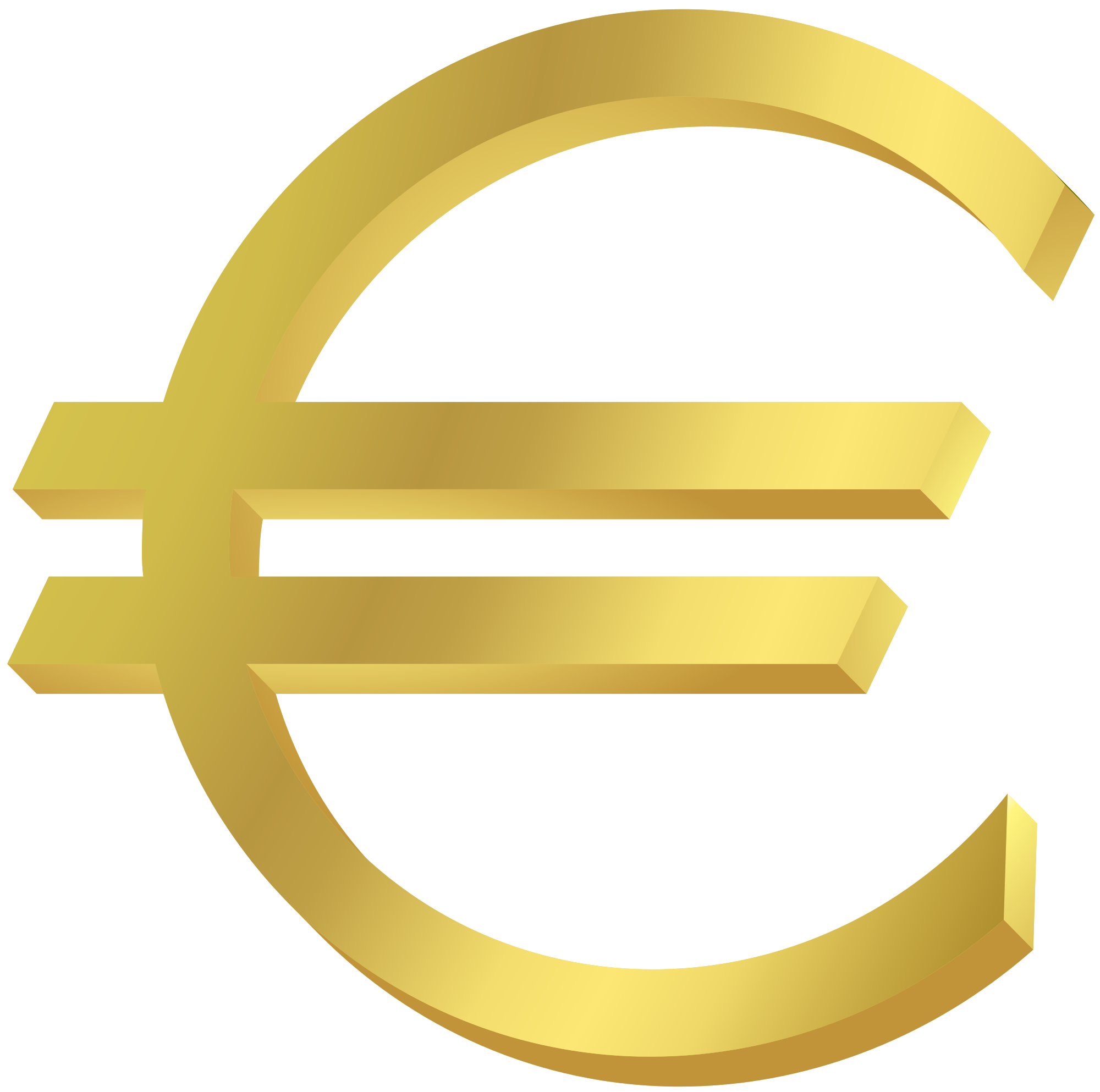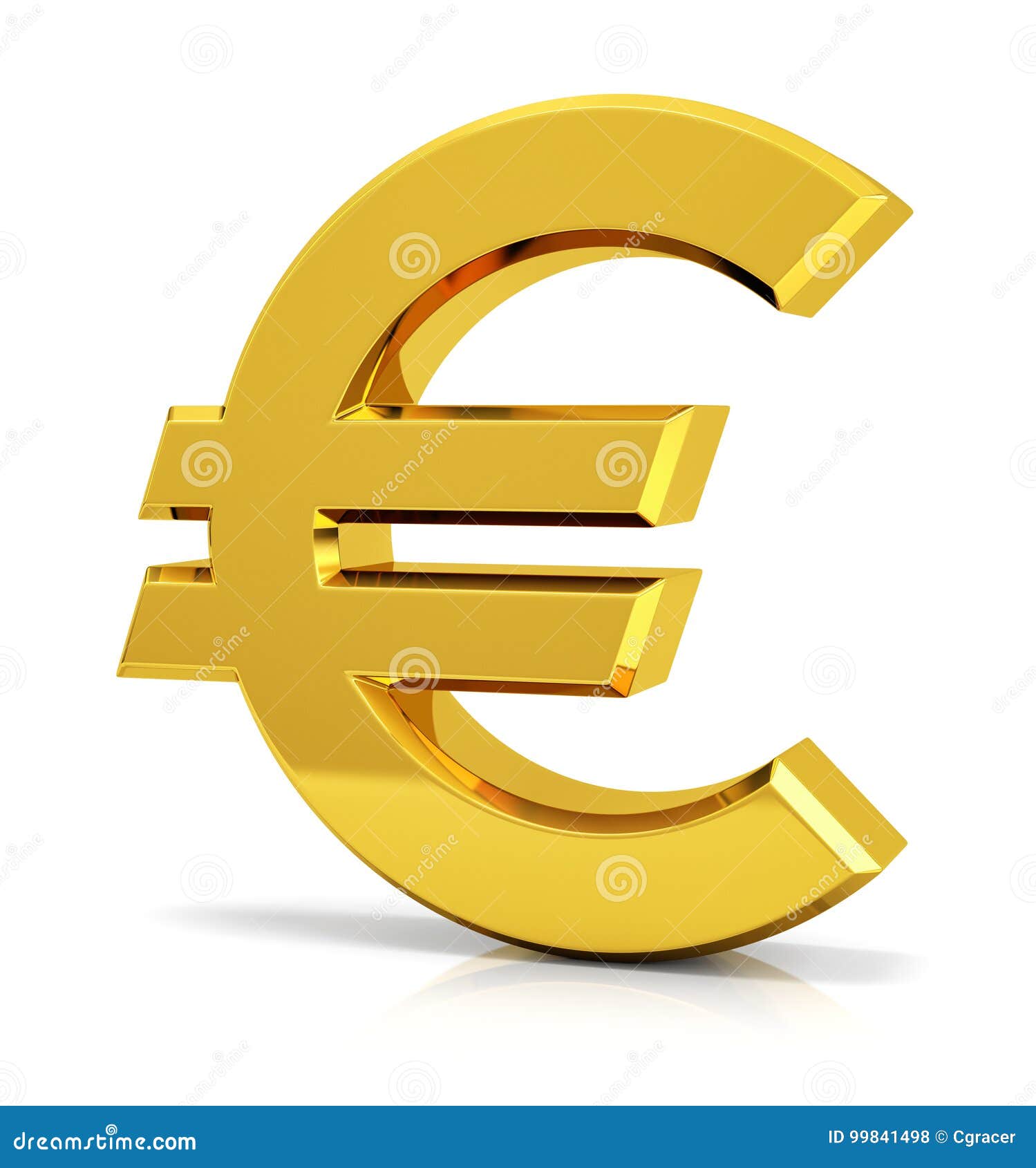Let's dive right into it, folks. The euro symbol (€) is more than just a currency sign; it’s a symbol of unity, economic strength, and global influence. Imagine walking into a café in Paris, ordering a croissant, and paying with euros. That little € sign on your receipt carries decades of history, economic strategy, and cultural significance. But have you ever wondered where it came from, why it looks the way it does, and how it impacts our lives today? Stick around because we’re about to break it down for you.
Now, if you're anything like me, you might’ve glanced at the euro symbol and thought, "That's a fancy S, right?" Well, not exactly. The euro symbol is a meticulously designed representation of modern Europe. It reflects stability, growth, and harmony. In this article, we’ll explore everything you need to know about the euro symbol, from its origins to its global impact. So, grab a coffee, sit back, and let’s get started.
Before we dive deeper, let’s address the elephant in the room: Why does the euro symbol matter? Beyond being a currency marker, it plays a crucial role in international trade, financial stability, and even tourism. For travelers, businesses, and economists alike, understanding the euro symbol is key to navigating the European market. And hey, who doesn’t want to impress their friends with some trivia about the € sign at the next dinner party?
Read also:Deep Hot Link Actress Unveiling The Spotlight
Table of Contents
- The Fascinating History of the Euro Symbol
- The Design Philosophy Behind the € Sign
- How and Where the Euro Symbol is Used
- The Economic Impact of the Euro
- Global Significance of the Euro Symbol
- Cultural Relevance of the € Sign
- Support for the Euro Symbol in Technology
- Common Mistakes People Make with the Euro Symbol
- The Future of the Euro Symbol
- Wrapping It All Up
The Fascinating History of the Euro Symbol
Back in 1995, the European Union decided it was high time to give their shiny new currency a proper identity. And thus, the euro symbol was born. The design competition attracted submissions from all over Europe, but it was the Belgian designer, Alain Billiet, who hit the jackpot with his now-iconic € sign. The symbol was officially unveiled in December 1996, and the rest, as they say, is history.
But why 1996, you ask? Well, the euro wasn’t just any currency; it was a bold move towards European integration. By adopting a single currency, the EU aimed to simplify trade, boost economic growth, and strengthen its position on the global stage. And let’s be real, having a cool symbol like the € just added to the overall charm.
Why the Euro Symbol Matters Historically
Think of the euro symbol as a time capsule. It represents the transition from individual national currencies to a unified monetary system. For countries like Germany, France, and Italy, this was a big deal. Saying goodbye to the Deutsche Mark, French Franc, and Italian Lira wasn’t easy, but the promise of a stronger, more integrated Europe was too good to pass up.
And let’s not forget the symbolism behind it all. The € sign wasn’t just about money; it was about unity, cooperation, and shared values. In a world often divided by borders and politics, the euro symbol stood as a beacon of hope for a more connected future.
The Design Philosophy Behind the € Sign
Alright, so we know the euro symbol was designed by Alain Billiet, but what’s the big deal about its design? Well, everything about the € sign was carefully thought out. It combines elements of the Greek letter epsilon (Є) and the Roman numeral two (II), representing stability and balance. The two parallel lines running through the symbol signify the euro’s reliability and strength.
But here’s the kicker: the design also reflects the euro’s role as a global currency. The rounded lines give it a modern, dynamic feel, while the simplicity makes it easy to recognize and reproduce. It’s like the perfect blend of art and function, and honestly, who doesn’t love that?
Read also:Coach Jason Crutchfield Net Worth The Untold Story Of Success
Breaking Down the Elements of the Euro Symbol
- Horizontal Lines: Represent stability and security.
- Rounded Shape: Symbolizes unity and fluidity.
- Modern Design: Reflects the euro’s role in the digital age.
And if you’re wondering why it looks so sleek, it’s because it was designed with both aesthetics and functionality in mind. The € sign works just as well on a computer screen as it does on a banknote, and that’s no small feat.
How and Where the Euro Symbol is Used
Now that we’ve covered the history and design, let’s talk about where you’ll actually see the euro symbol in action. Whether you’re shopping in Madrid, dining in Rome, or booking a hotel in Amsterdam, the € sign is everywhere. It’s printed on banknotes, displayed on price tags, and even used in digital transactions.
But here’s something you might not know: the placement of the € symbol varies depending on the country. In most European nations, it comes before the number (e.g., €50). However, in some regions, it’s placed after the number (e.g., 50€). Confusing, right? Don’t worry, we’ll break it down for you.
Proper Usage of the Euro Symbol
- Before the Number: Common in countries like Germany and France.
- After the Number: Preferred in Spain and Italy.
- International Standards: ISO recommends placing the symbol before the number.
And let’s not forget about digital platforms. Whether you’re shopping online or sending a text message, the € symbol is just a keyboard shortcut away. On most devices, you can type it by holding down the Alt key and pressing 0128. Easy peasy.
The Economic Impact of the Euro
Talking about the euro symbol wouldn’t be complete without discussing its economic significance. Since its introduction in 1999, the euro has become one of the world’s most traded currencies. It’s used by over 340 million people in 20 countries, making it a powerhouse in the global financial system.
But what does this mean for the average Joe? Well, for starters, it makes traveling within the Eurozone a breeze. No more exchanging currencies or worrying about fluctuating exchange rates. Plus, businesses benefit from simplified trade and lower transaction costs. It’s a win-win for everyone involved.
Key Economic Benefits of the Euro
- Stability: Reduces currency volatility within the Eurozone.
- Efficiency: Streamlines cross-border transactions.
- Growth: Boosts economic cooperation and investment.
Of course, there have been challenges along the way. The 2008 financial crisis and the Greek debt crisis tested the euro’s resilience, but it emerged stronger than ever. And with ongoing discussions about expanding the Eurozone, the future looks promising.
Global Significance of the Euro Symbol
Let’s zoom out for a second and look at the bigger picture. The euro symbol isn’t just important in Europe; it has a global impact. As the second most traded currency in the world, the € sign plays a crucial role in international trade and finance. It’s used in contracts, loans, and investments across the globe.
And here’s a fun fact: the euro is often seen as a rival to the US dollar. While the dollar still holds the top spot, the euro is gaining ground. Its stability and widespread acceptance make it an attractive option for businesses and investors alike.
Why the Euro Symbol Matters Globally
Imagine a world where the euro symbol becomes as ubiquitous as the dollar sign ($). It’s not too far-fetched, considering the euro’s growing influence. From Asia to Africa, the € sign is becoming a symbol of economic power and stability. And as more countries consider adopting the euro, its global significance will only continue to rise.
Cultural Relevance of the € Sign
Now, let’s talk about the cultural side of things. The euro symbol isn’t just a financial tool; it’s a cultural icon. It represents the diversity and unity of Europe, bringing together nations with different languages, traditions, and histories. And let’s be honest, it’s pretty cool to have a currency that speaks to your identity.
But the cultural relevance of the € sign goes beyond Europe. It’s a symbol of globalization, reminding us that we’re all connected in one way or another. Whether you’re sipping espresso in Milan or enjoying a pint in Dublin, the euro symbol is a constant reminder of our shared humanity.
How the Euro Symbol Shapes European Identity
For many Europeans, the € sign is more than just a currency marker; it’s a source of pride. It represents the progress and unity that Europe has achieved over the years. And while there are still debates about the euro’s effectiveness, there’s no denying its cultural significance.
Support for the Euro Symbol in Technology
In today’s digital age, the euro symbol is everywhere. From smartphones to laptops, the € sign is fully supported across most devices and platforms. But how does it all work? Let’s take a closer look.
Most modern operating systems, including Windows, macOS, and Linux, have built-in support for the euro symbol. You can type it using keyboard shortcuts or copy-paste it from online resources. And with Unicode standardization, the € sign is displayed consistently across different devices and browsers.
Tips for Using the Euro Symbol in Digital Platforms
- Keyboard Shortcuts: Use Alt+0128 on Windows or Option+Shift+2 on macOS.
- Copy-Paste: A quick and easy way to add the € sign to your documents.
- Unicode: Ensure compatibility by using the official Unicode character (U+20AC).
And let’s not forget about web development. Whether you’re building a website or designing an app, the € symbol is your trusty companion. Just make sure to use the correct HTML entity (€) for seamless integration.
Common Mistakes People Make with the Euro Symbol
Even the best of us make mistakes, and when it comes to the euro symbol, there are a few common pitfalls to avoid. Let’s go over them so you can be a pro at using the € sign.
First up, placement. As we mentioned earlier, the placement of the € symbol varies depending on the region. If you’re writing for an international audience, it’s best to stick to the ISO standard (€50). Second, don’t confuse the euro symbol with other currency signs. The € is unique, so make sure you’re using the right one.
Avoid These Common Errors
- Incorrect Placement: Know the local conventions for your target audience.
- Confusing Symbols: Double-check that you’re using the correct currency sign.
- Formatting Issues: Ensure proper spacing and alignment for readability.
And last but not least, always proofread your work. A misplaced € sign can lead to confusion, so take the extra step to ensure accuracy.
The Future of the Euro Symbol
As we look to the future, the euro symbol is poised to play an even bigger role on the global stage. With advancements in technology and the rise of digital currencies, the € sign may evolve to meet the demands of the digital age.
And let’s not forget about sustainability. The European Central Bank is already exploring ways to make the euro more environmentally friendly, from reducing paper waste to promoting digital transactions. It’s all part of the euro’s mission to be a responsible and forward-thinking currency.
What’s Next for the Euro Symbol?
Only time will tell, but one thing’s for sure: the € sign will continue to be a symbol of unity, progress, and innovation. Whether it’s on your phone,



